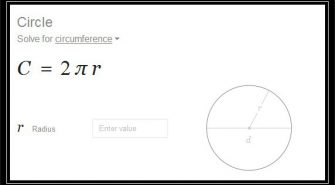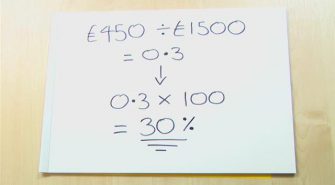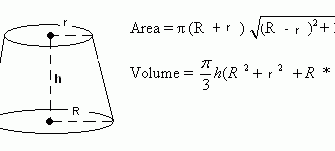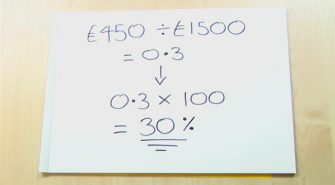How to Find a Percentage
Talking to kids about mathematics might give you the answers that they are somehow intimidated as to how the learning process is now taking place. The reason for that is because most of them get intimidated when it comes to math let alone finding the way on understanding and determining a percentage.
Most people believe that as long as they are fine with the basic addition, subtraction, multiplication, and division, they are already okay. They think that algebra and putting letters or other symbols if not parenthesis or things like that would complicate much.
This intimidation lead a lot of kids fear or hate mathematics. However, we can still teach these students that math is not complicated at all. There is a way to make things simple by showing and explaining to them necessary or important equations or formulas. We can take one explanation at a time. Let us take finding the percentage as an example.
It is very easy how to find a percentage. Dividing the given number by the total number then multiplying it by 100 allows you to get the percentage. This is known to be the easiest procedure applied in all areas of mathematics.
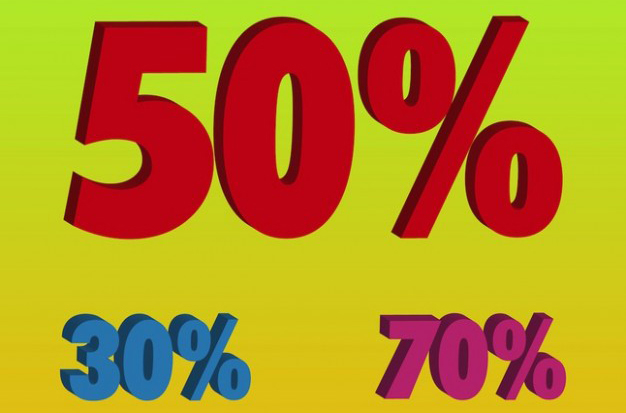
Here is the most simplified thought: given number/total number x 100. Let us take an example if Harold gets 80 out of 90 questions on his exams in school. Now, you can determine the percentage by having the process of: (80/90) x 100.
You will then know that his Harold’s score is 88 percent. It appears hard in the first part but as long you get familiar with the process or formula, it will just be easier then.
Another thing on finding the percentage is by getting the percentage decrease or increase by the process of subtracting the smaller number from the bigger number. After that, be able to divide the answer into the original one so that you can multiply that by 100.
Let us take an example of percentage increase from 30 to 40. So that you can see the increase of percentage, you subtract 30 from 40. So in easier note: 40-30 = 10. From the original number of 30, it takes 10/30= 0.33×100 so increase is 33%.
We can use appropriate symbols and easier examples so that students like those in lower grades can appreciate math more. That example on presenting the easy formula on how to find a percentage is appropriate for their young minds.
After all, there is really no need for us to freak out young learners because that would be the first stage for them to love the subject. Aside from giving a complicated process, we should rather help them to get the right concept.

